Ultimate Crochet Hook Sizes and Yarn Weight Guide
Crochet hook sizes and yarn weights are the bread and butter of crocheting. They form the foundation for everything you make, from cozy scarves to adorable amigurumi.
Different hook sizes and yarn weights influence the texture, drape, and size of your finished product, just as ingredients determine the flavor and texture of your favorite dish.
Choosing the right combination is key to ensuring your project turns out just as you envision.
When you’re picking out yarn for your next project, you’ll notice a variety of weights, each with its own properties and recommended hook size.
Yarn weight refers to the thickness of the yarn strand, ranging from lace to jumbo, and each weight works best with certain hook sizes.
A mismatch between yarn weight and hook size can lead to a finished product that’s too stiff or too loose, so getting this pair right is essential.
Understanding crochet hook sizes can feel a bit like learning a new language, but once you’ve got the hang of it, it’ll be second nature.
Hooks are labeled with letters, numbers, or both, varying from country to country.
A good rule of thumb is that the thicker the yarn, the larger the hook you’ll need to create a fabric that flows nicely, but keep in mind that the pattern you’re following will usually specify the ideal hook and yarn combination. Armed with the right hook and yarn, you’re well on your way to creating crochet magic.
Table of Contents
Crochet Hook Sizes and Yarn
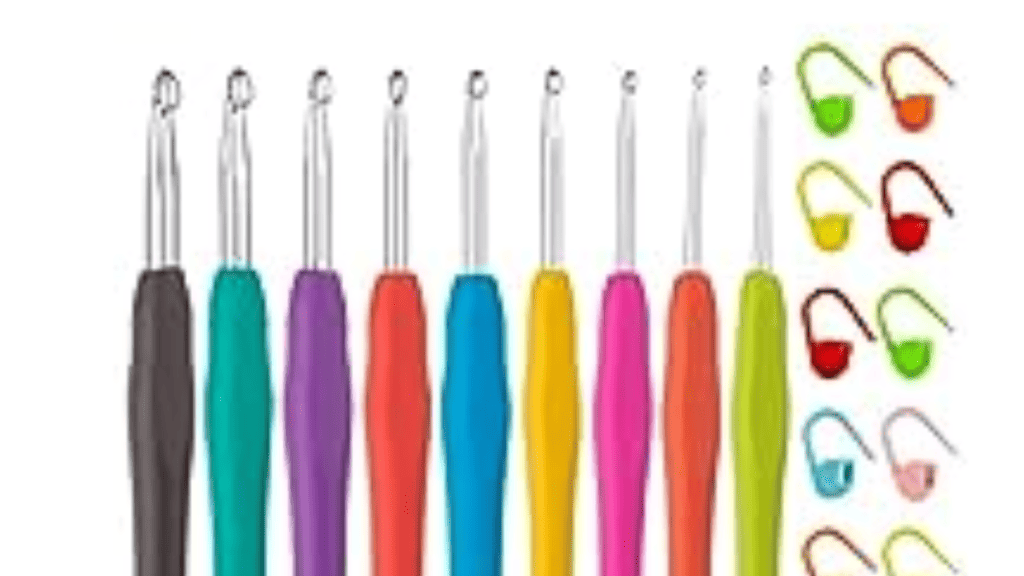
Check Prices: Crochet Hooks
When you’re picking out a crochet hook, the size of the crochet hook is key. It affects your stitch size, your tension, and the drape of your finished project. The size is usually marked in millimeters (mm), which denotes the hook’s diameter.
Crochet Hook Size Chart
Using a crochet hook size chart can help you visualize the different hook sizes and their respective measurements. Here’s a basic breakdown:
- Lace weight yarn (0-1) typically pairs with steel crochet hooks sized from 1.6 mm to 2.25 mm.
- Light fingering to fingering yarn (1-3) works well with hooks sized 2.25 mm to 3.5 mm.
- Sport to DK yarn (3-5) is best crocheted with 3.5 mm to 4.5 mm hooks.
- Worsted to aran yarn (4-6) typically uses 4.5 mm to 5.5 mm hooks.
- Chunky to super bulky yarn (5-7) requires larger hooks from 5.5 mm to 15 mm.
Metric and US Size Conversion
You should know that crochet hook sizes can be labeled differently in the United States. Therefore, a metric to US size conversion is quite handy:
| Metric Size (mm) | US Size |
|---|---|
| 2.25 mm | B-1 |
| 2.75 mm | C-2 |
| 3.25 mm | D-3 |
| 3.5 mm | E-4 |
| 3.75 mm | F-5 |
| 4 mm | G-6 |
| 4.5 mm | 7 |
| 5 mm | H-8 |
| 5.5 mm | I-9 |
| 6 mm | J-10 |
| 6.5 mm | K-10.5 |
| 8 mm | L-11 |
| 9 mm | M/N-13 |
| 10 mm | N/P-15 |
| 15 mm | Q |
Remember, different countries may have variations in these sizes and systems, so always reference charts specific to your region if you’re importing hooks or patterns.
Yarn Weights and Recommended Hook Sizes
When you’re gearing up for a crochet project, knowing which hook size matches your yarn weight is essential for achieving the desired outcome.
How To Read Yarn Labels
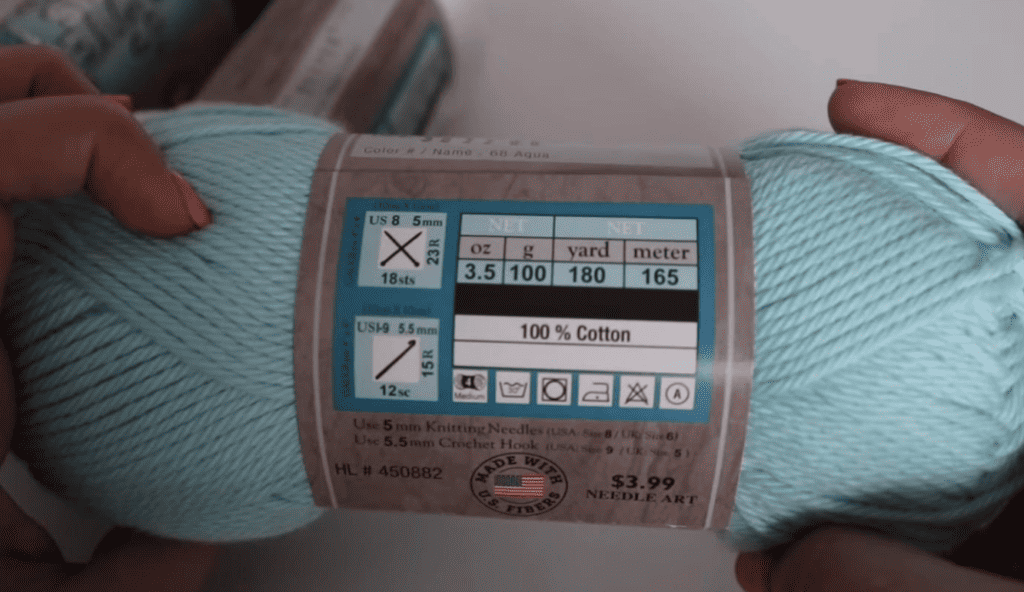
Every yarn skein comes with a label that provides valuable information about the yarn’s characteristics. This includes the weight of the yarn, which indicates the thickness of the strands.
Yarn weight can range from lace-weight yarn, which is very thin and delicate, to chunky yarn, which is thick and cozy.
For example, DK yarns (double knitting) are quite popular and lie in the middle of the weight spectrum, being neither too thick nor too thin.
They offer a balance commonly preferred for a variety of projects.
Project Type:Consider what you’re making. A smaller hook size provides more control for intricate patterns, like amigurumi or lace, which require precision. For blankets or scarves where you might prefer a looser texture, opt for a bigger hook.
- Lacy patterns: Smaller sizes ensure fine detail.
- Warm garments: A mid-range hook balances warmth and drape.
- Home decor: Larger sizes create a relaxed feel.
Personal Preference:Ultimately, your comfort is key. If you like your stitches tight and your fabric firm, you might prefer a smaller hook irrespective of yarn weight.
On the other hand, for a flowy and easy-glide experience, a larger hook might be your go-to, even with a particular yarn suggested for a mid-range hook.
Desired Result:The right hook can help you achieve the texture and elasticity you want. A small hook might be better for firm fabrics, while a bigger hook may be the best crochet hook for draping and softness.
Consider these factors and start experimenting to find the best crochet hook for your next project. Remember, the right hook is the one that feels good in your hand and helps you create the crochet masterpiece you envision.
Gauge, Swatches, and Achieving the Best Results
When you’re following a crochet pattern, getting your gauge right is crucial for the finished product to match the intended size and look. Let’s get into how to create a gauge swatch and understand the pattern’s gauge information to ensure the best results.
Creating a Gauge Swatch
First up, you’ll need to whip up a gauge swatch – a small crochet sample made using the hook and yarn you plan to use. This little step is a game changer for your project.
Here’s how to make one:
- Using your selected yarn, start crocheting a square that’s a bit larger than what the pattern calls for. For example, if the pattern gauge states “14 stitches and 10 rows for a 4×4″ square”, work a square that’s about 5×5″ to allow for measuring ease.
- Make sure to use the same stitches the pattern will require.
Why it matters: This little square tells you if you’re stitching too tight or too loose compared to the pattern’s recommended gauge.
Interpreting Pattern Gauge Information
Now, let’s decode that pattern gauge info. You’ll find it laid out something like this: “14 sts and 10 rows = 4″ (10 cm) in single crochet.”
- Stitches (sts) refer to the number of stitches across your swatch.
- Rows are the number of stitches up and down.
- The size, usually given in inches or centimeters, tells you the dimensions that number of stitches and rows should create.
Interpreting it:
- Measure your swatch: Lay it flat and use a ruler to see how many stitches fit into 4 inches horizontally – this is your stitch gauge. Then measure vertically for your row gauge.
- Adjust if necessary: If you have more stitches in 4 inches than the pattern specifies, try a larger hook. Less? Go smaller.
General rule: Always aim to match the pattern gauge rather than changing the pattern itself. This ensures the size of the stitches aligns with the designer’s for the intended outcome.
If the gauge matches, you’re good to go. If not, adjust your hook size and try another swatch. A little patience here means a much better fit later on!
Crochet Hook
Choosing the right crochet hook is crucial for your project. You’ve got a variety of materials and hook types to pick from, each with its benefits and specialties.
Different Materials for Hooks
Crochet hooks come in an array of materials that can affect your crocheting experience. Steel hooks are your go-to for fine work, like doilies, when you’ll need hooks as small as 0.75 mm.
Aluminum hooks are lightweight and come in a variety of sizes, perfect for general use. For a warmer, natural feel, wooden hooks are a great choice and are gentle on the hands. They’re available in different sizes, so you can find one for every yarn thickness.
| Material | Pros |
|---|---|
| Steel | Precision in small sizes, durable |
| Aluminum | Lightweight, wide size range, affordable |
| Wood | Warm feel, comfortable grip, less slippery |
Specialized Crochet Hooks
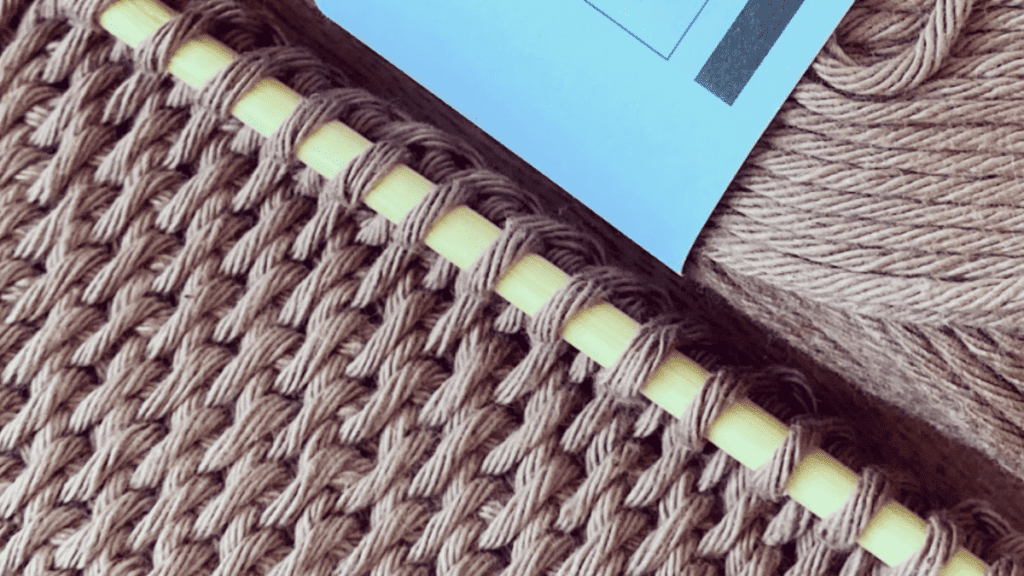
When you dive into specialized projects, you need tools tailored to the job. Tunisian crochet hooks are longer, allowing you to hold more stitches – ideal for Tunisian crochet techniques.
For added comfort during long crochet sessions, ergonomic crochet hooks have handles designed to minimize hand fatigue.
And let’s not overlook the standard regular crochet hooks that come in a variety of sizes matching the thickness of the yarn strand you’re using.
- Tunisian Crochet Hooks: Extended length for multiple stitches
- Ergonomic Crochet Hooks: Shaped for comfort, reducing strain
- Regular Crochet Hooks: Match hook size to yarn weight for best results
You will have to play with different crochet hooks and find the ones that work best for you. I personally, started with a metal hook but found that it hurt my hand so I moved to an Ergonomic crochet hook and love it.
It makes completing crochet patterns so much easier.
Crochet Stitches
After you figure out your crochet hook sizes and yarn weight, it is a good idea to master some basic crochet stitches. Start with a 5mm hook (H) and practice the stitches. We have included photos and videos to help you get really good at crochet stitches.
As far as picking the right yarn for practicing, pick a worsted weight yarn (size 4). This is the typical size of a crochet hook that you will use the most often in crochet projects as general guidelines. It’s a great starting point to practice getting uniform stitch length on the size of stitches.
Crochet Patterns
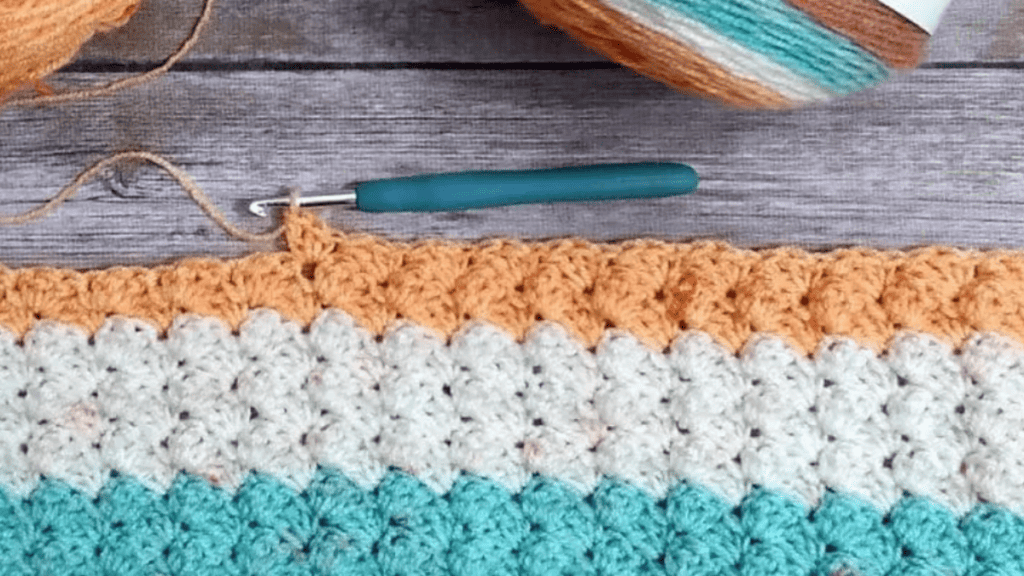
Once you have mastered your stitches, it’s time to start with some easy beginner crochet projects. We have several to choose from. Here are some of our favorites.
Crochet Patterns for Granny Squares
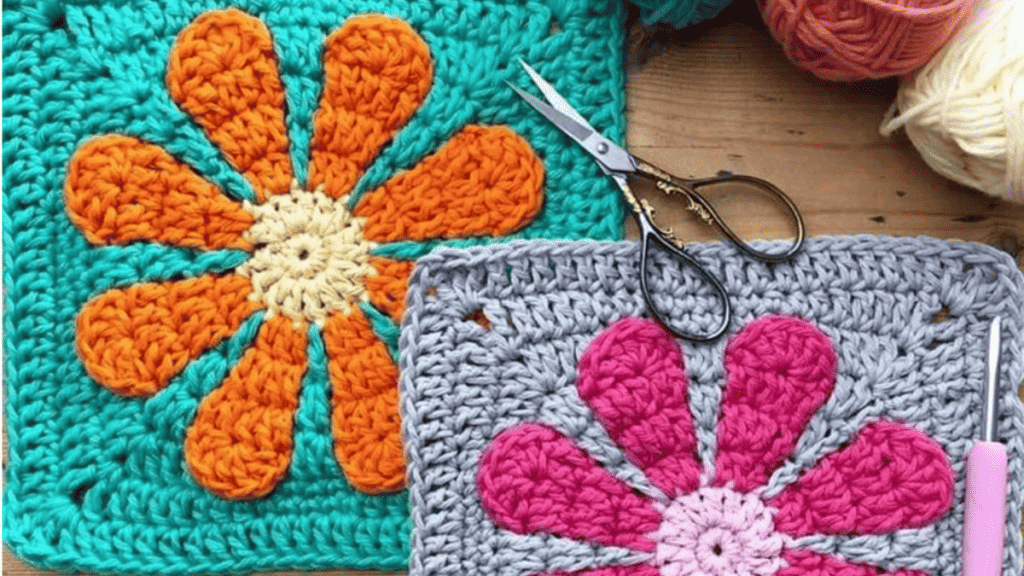
Download patterns: Crochet Patterns for Granny squares
Granny squares are one of the easiest patterns to learn. I love these patterns because even if they look complicated, they are simple granny squares that are then connected to create something beautiful in so many different ways.
Beginner Crochet Patterns
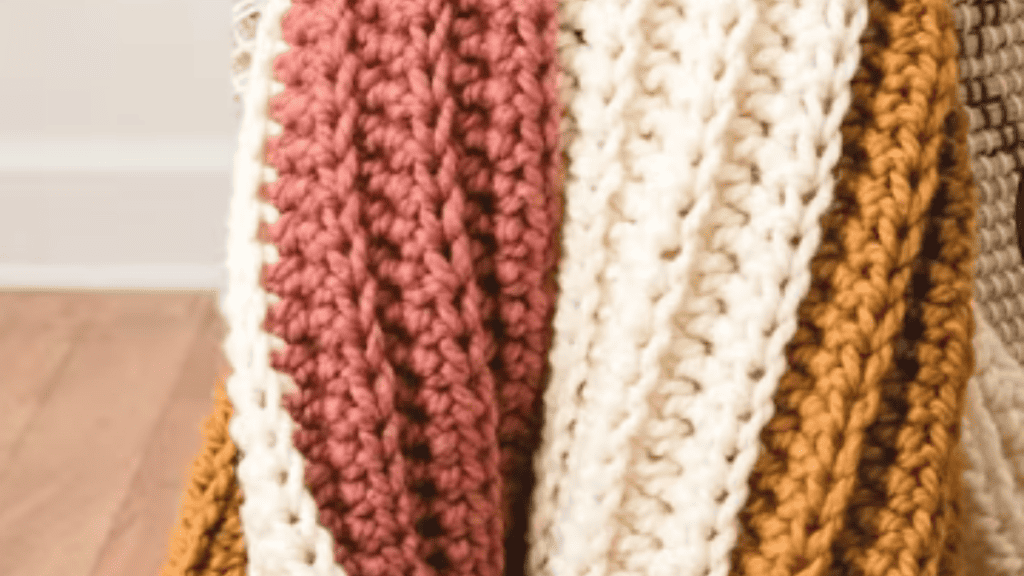
Download Patterns: Beginner Crochet Patterns
These 9 patterns are perfect for a beginner crocheter. Pick the one that fits best in your skill level at this moment. Take your time and before you know it you will have a beautiful project.
Also, we have all had to take out stitches or completely start over. Don’t get frustrated with yourself.
Simply be patient and before you know it you will have some amazing crocheted projects and be in a great place learning crochet.
Crochet Coasters
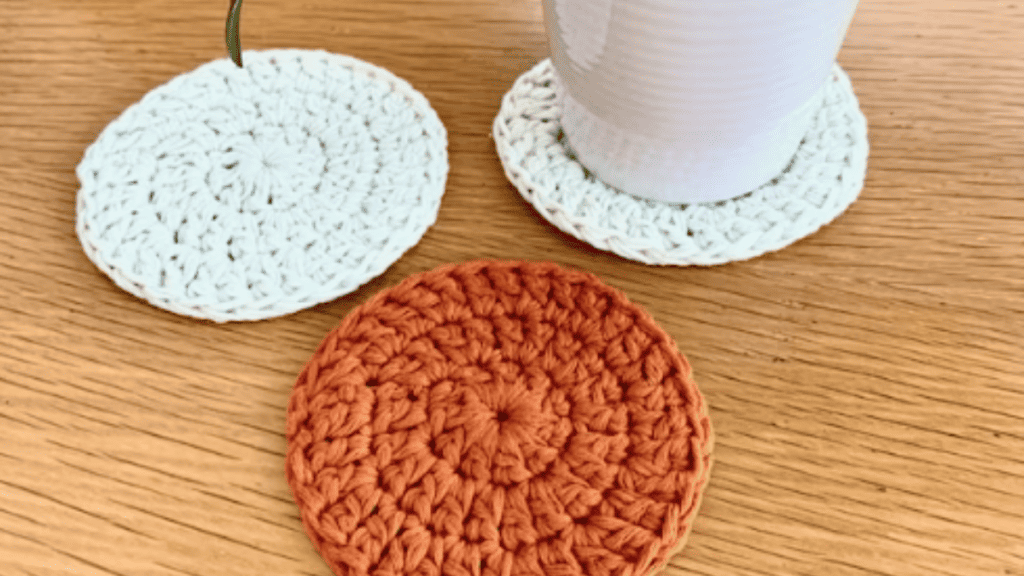
Download Patterns: crochet coasters
Crochet coasters are not only practical for your home but many are really simple to make. We love these patterns and honestly, we all started with coasters or dishcloths when learning to crochet.
It’s so cool to use something you made. To know you made that particular project. Each pattern suggests a specific yarn and a specific crochet hook. Remember you can always do a bigger crochet hook if needed. Make the pattern and project your own.
Ready to get started? We hope that you learned more about crocheting and that it feels less intimidating. Our community is amazing so if you have questions, ask in the comments and we will get back to you as quickly as possible.
Knowing the basics is so crucial when it comes to crocheting. It takes out a ton of frustration. Ask me how I know LOL.
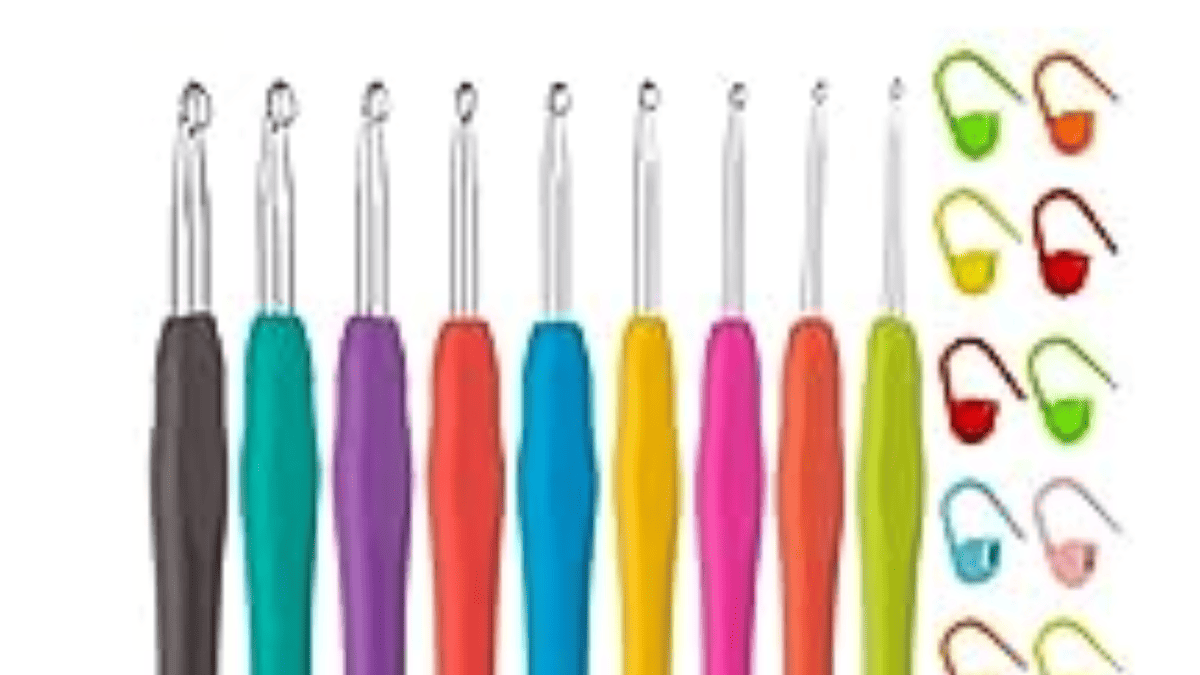
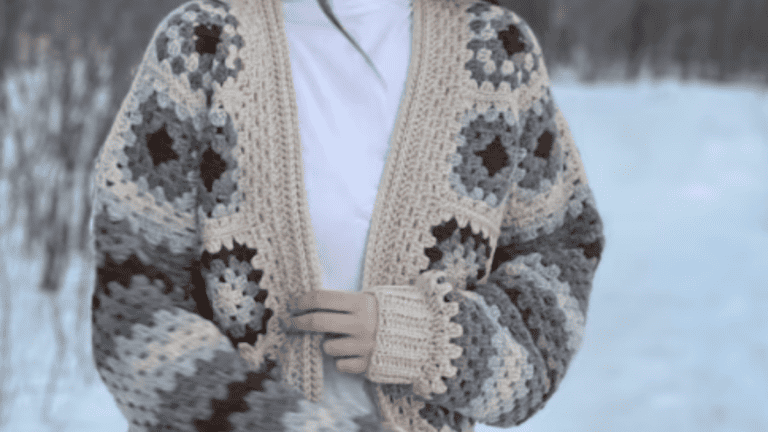
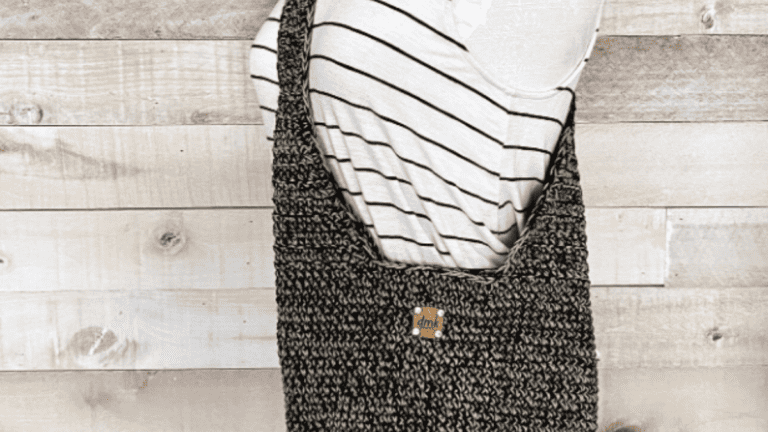
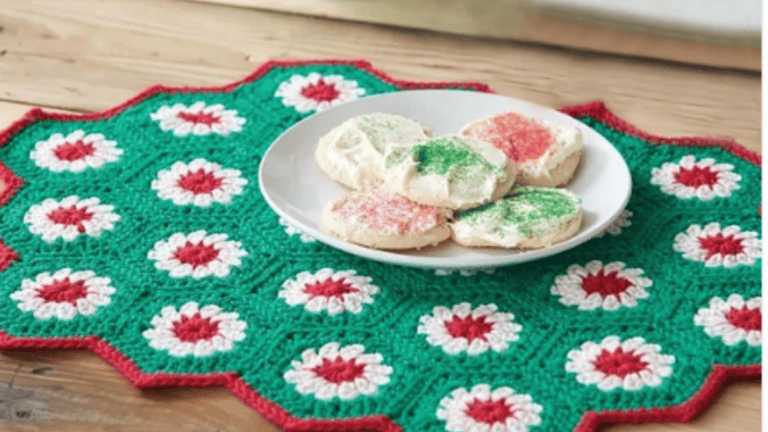
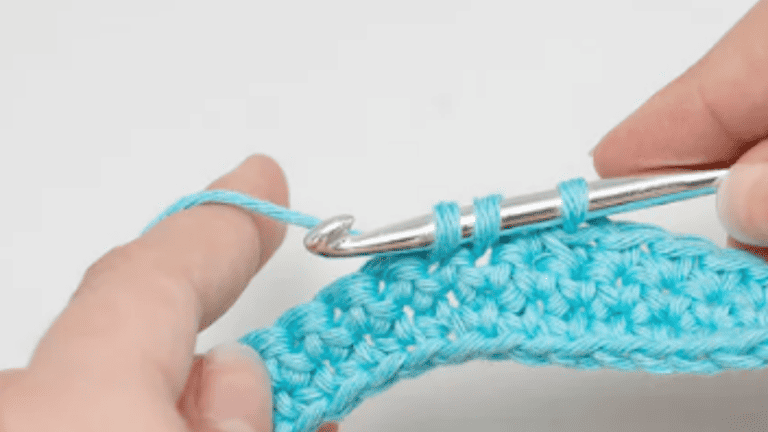
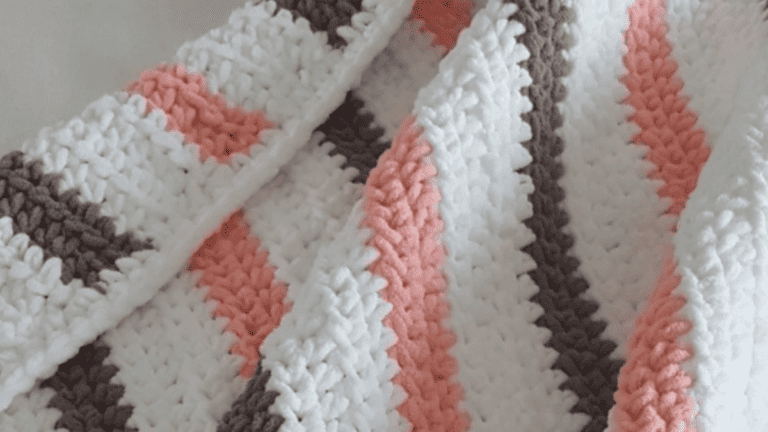
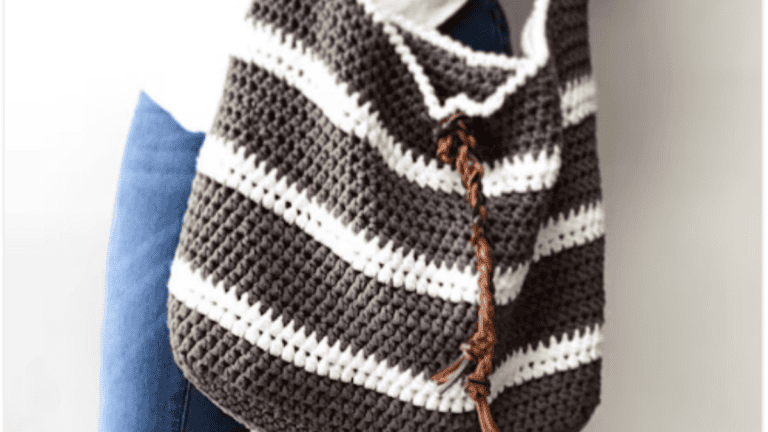
12 Comments